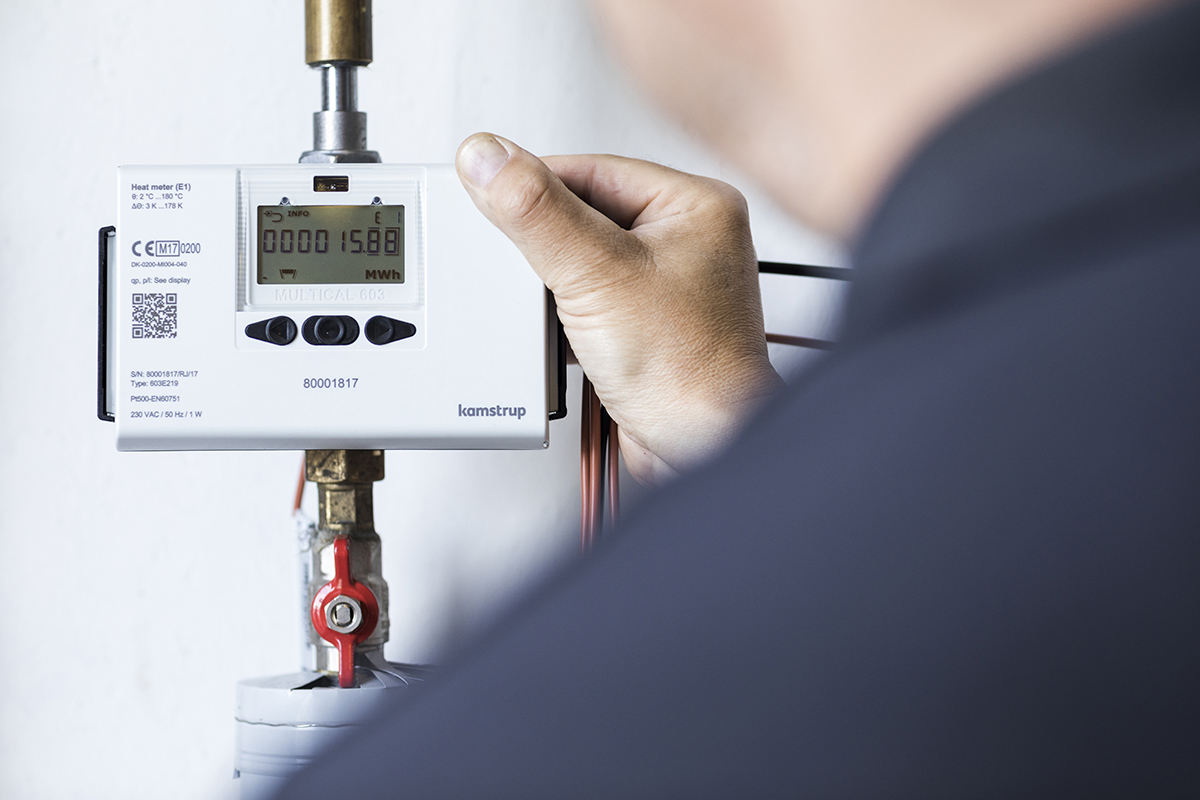Heat meters are devices that help monitor and measure heat consumption in homes and commercial buildings. With rising energy costs and the need to conserve resources, heat meters have become increasingly important tools for energy management. This article discusses the different types of heat meters available, how they work, benefits of using heat meters and some key factors to consider when choosing a heat meter.
Types of Heat Meters
There are two main types of heat meters – mechanical heat meters and ultrasonic heat meters.
Mechanical heat meters: Mechanical heat meters use mechanical components like gears and drums to measure heat flow. As hot water passes through the meter, the mechanical components rotate and register the volume of heat consumed. While mechanical meters have been used for decades, they are less accurate than newer ultrasonic meters and require periodic calibration.
Ultrasonic heat meters: Ultrasonic heat meters use ultrasonic technology to measure heat flow and consumption. They work by transmitting ultrasonic pulses through the water passing through the meter. The time taken for the pulses to pass through is used to calculate flow rate and the temperature sensors then determine heat volume consumed. Ultrasonic meters provide highly accurate readings and do not require frequent calibration. They have become the preferred choice for modern heating system installations.
How Heat Meters Work
All heat meters work on the principle of measuring the volume of water flowing through the heating system and the temperature difference between the flow and return pipes.
The basic components of a heat meter are:
– Temperature sensors: To measure the temperature of the water flowing in and returning from the heating system.
– Flow sensor: Measures the volume of water flowing per unit of time. Can be a mechanical component or use ultrasonic technology.
– Calculator: Receives input from the temperature and flow sensors to calculate the heat energy transferred based on volume, temperature difference and other factors.
– Display: Digitally displays the cumulative heat consumption and can also show current/instantaneous flow rates.
– Communication module: Allows remote reading of consumption data via wireless technology or wired networks.
The meter constantly monitors flow and temperature change to calculate heat output in kW or kWh. Consumption data can be used for billing by utility companies or to track usage.
Benefits of Using Heat Meters
Heat meters provide multiple benefits for both utility companies and consumers:
– Accurate billing based on actual consumption rather than estimates. This is fair for both parties.
– Encourages energy conservation. Users can track usage and identify wastage/inefficiencies.
– Supports transition to smart grids. Meters can communicate data wirelessly for remote monitoring.
– Improved system maintenance. Abnormal usage patterns may indicate issues like leaks.
– Optional advanced features like detecting reverse flow or controlling circulation pumps.
– Long-term cost savings. Replacing aging mechanical meters with new meters pays off.
Choosing the Right Heat Meter
When selecting a Heat Meters, key factors to consider include accuracy needs, installation environment, property type, connectivity requirements, warranty and lifecycle costs. Ultrasonic heat meters generally provide higher accuracy for larger residential and commercial buildings. Mechanisms need to factor dust, humidity and temperature operating ranges. Models with communication modules future-proof the installation. An ultrasonic heat meter with remote reading ability would be suitable for most modern heating system upgrades.
Installation and Maintenance
Heat meters should only be installed by trained technicians, following manufacturer guidelines. They are mounted vertically on the pipework, ensuring correct flow direction. Once installed, minimal maintenance is required if installed properly. Ultrasonic meters may never need recalibration. Check manufacturer specifications for maintenance and replacement schedules. Remote monitoring eliminates on-site reads but connectivity needs reliable uptime. Annual validation tests confirm accuracy over the meter’s lifecycle. Proper installation and routine checks maximize reliability.
*Note:
1.Source: Coherent Market Insights, Public sources, Desk research
2.We have leveraged AI tools to mine information and compile it



